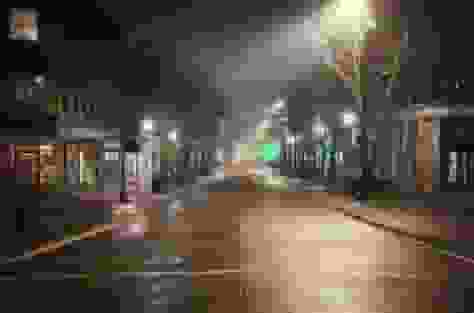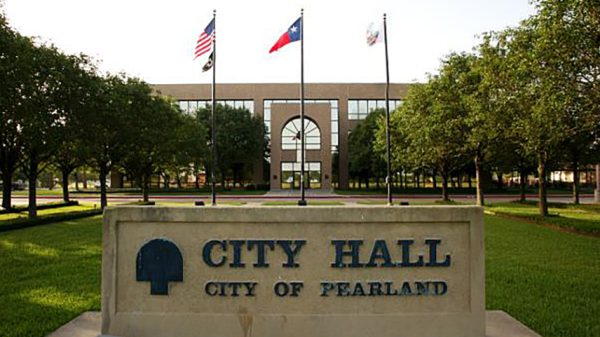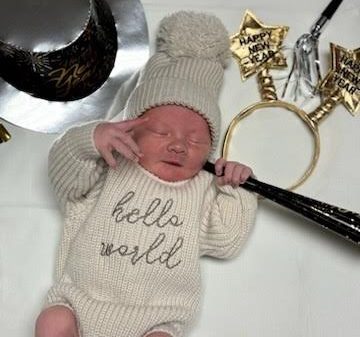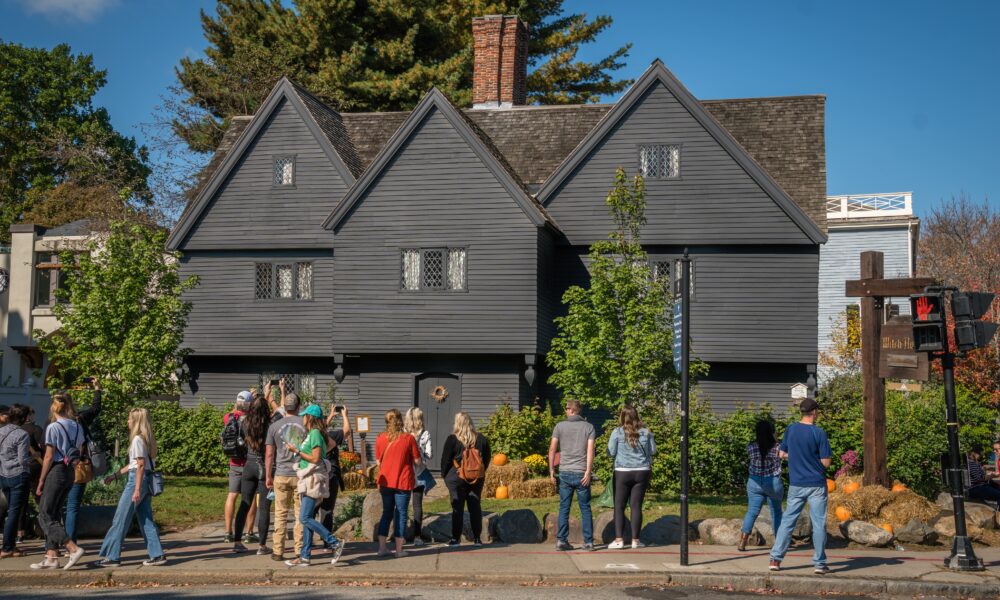
Salem Witch House, Massachusetts
This isn’t just another stop on Salem’s witch tour circuit. The Witch House is the real deal – the actual home where Judge Corwin signed death warrants during the 1692 trials.
Built in 1675, it’s Salem’s last direct connection to the witch hunt madness, and walking through its restored rooms hits way harder than any spooky gift shop ever could. Here are some interesting facts behind the infamous home.

What is the Salem Witch House
The Salem Witch House (officially the Jonathan Corwin House) is the last building still standing in Salem with direct ties to the 1692 witch trials.
Located at 310½ Essex Street, this was the home of Judge Jonathan Corwin, who sat on the Court of Oyer and Terminer that sentenced 19 people to death.
Corwin bought the house when he was 35 and lived there over 40 years, with his family keeping it until the mid-1800s.
Despite its spooky name, no witches ever lived here—it’s called the Witch House because of Judge Corwin’s role in the trials.

The Judge Who Condemned “Witches”
Jonathan Corwin was born in Salem in 1640 and worked as a merchant before becoming a judge. During the witch trials, he conducted examinations with his friend John Hathorne, and both men seemed convinced the accused were guilty from the start.
Corwin was especially involved in questioning Reverend George Burroughs, a former Salem minister.
As a judge on the Court of Oyer and Terminer, Corwin helped convict many people accused of witchcraft. His court sentenced 19 people to hang while hundreds more sat in jail awaiting trial.
Interestingly, Corwin’s own child was thought to be affected by witchcraft, and his mother-in-law was accused by a servant but never arrested. He lived to be 78 and never showed any regret for his role in the trials.

Authentic 17th-century New England Structure
The Witch House stands out with its striking black exterior, multiple gables, and big brick chimney right in the center. Many people notice it looks a lot like the famous House of the Seven Gables, though this one has just five. No one knows exactly when the house was built.
Corwin’s family claimed 1642, while some historians argued for even earlier dates in the 1620s or 1630s. We do know for sure that Corwin bought and finished the house in 1675.
The Witch House is now listed on the National Register of Historic Places as part of Salem’s historic McIntire District and stands as a rare example of 17th-century New England architecture.

Step Inside a Witch Hunter’s Home
Walking into the Witch House takes you right back to the 1600s. The first room you’ll see is the kitchen with its huge brick fireplace covering an entire wall.
There’s even a large black pot hanging above where the fire would be, making it easy to picture colonial women in their long dresses working around the flames.
Don’t miss the table with books from the trials, including a worn copy of “Memorable Providences” by Cotton Mather, whose writings helped fuel the witch trial hysteria.

Witch Bottles and Protection Magic
One of the most fascinating parts of the Witch House exhibits is learning about protective folk magic from the 1600s. The displays include witch bottles, which colonists used to ward off evil magic and spirits.
These bottles held hair, nails, and urine from household members, along with sharp objects like pins. People would hang them upside down over fireplaces, believing they would trap and harm any witch targeting the home.
Colonists used other protective measures too, hiding bones, dolls, and shoes within walls and under floors as spiritual shields. The museum also shows medical recipes from that time, including “snail water” for treating pain.

Nearby Attractions in Salem
Just steps from the Witch House is the famous House of the Seven Gables, made popular by Nathaniel Hawthorne’s novel. You can tour the historic building and its beautiful grounds.
Salem has several other witch-themed attractions, including the Salem Witch Museum, Witch Dungeon Museum, and Salem Witch Village, each offering different takes on the 1692 trials. You might enjoy the Salem Maritime National Historic Site, which preserves the Custom House where Hawthorne worked and the old shipping wharves.
The Peabody Essex Museum has impressive art collections. If you like movies, try the Hocus Pocus Walking Tour to see filming locations from the popular film.

Visiting the Salem Witch House
You’ll find the Salem Witch House at 310½ Essex Street on the corner of Essex and North streets in downtown Salem. You can’t miss the distinctive black building with multiple gables at this intersection.
The Salem Witch House has different hours depending on when you visit.
- From April 1 to November 14, it’s open daily from 10:00 am to 5:00 pm (last entry at 4:45 pm).
- Winter hours (November 15 to March 31) are Thursday through Sunday from 12:00 pm to 4:00 pm (last entry at 3:45 pm).
Self-guided tours cost $8.25 for adults, $6.25 for seniors and veterans, $4.25 for kids 6-14, and free for children under 6. Guided tours cost an extra $2.25.
The post This Massachusetts Judge’s Home Is the Last Standing Building From America’s Deadliest Witch Hunt appeared first on When In Your State.




![Tyson Foods Plant [Photo: Food Manufacturing]](https://southarkansassun.com/wp-content/uploads/2023/08/iStock_1185520857__1_.5e441daa51cca-600x337.jpg)







![Silverado Senior Living Management Inc. [Photo: Los Angeles Times]](https://southarkansassun.com/wp-content/uploads/2023/10/download-6-4-600x337.jpg)

![China's Wuhan Institute of Virology [Photo: Nature]](https://southarkansassun.com/wp-content/uploads/2023/09/d41586-021-01529-3_19239608-600x337.jpg)
















